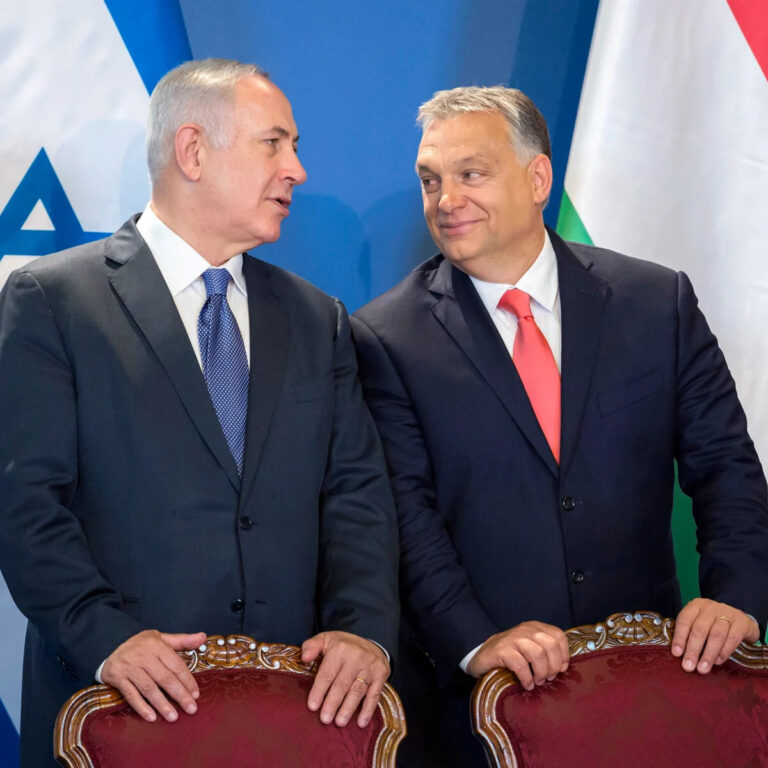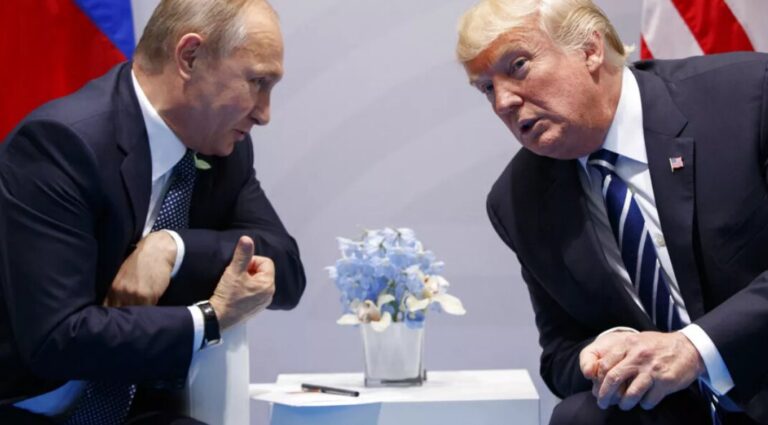Ukraine Unleashes German HF-1 UAVs in Precision Strikes Against Russian Forces
In recent developments, the deployment of loitering munitions, specifically the HF-1 drones, produced by the defense technology company Helsing, is making waves in the Sumy region of Ukraine. These advanced drones are part of a larger defense cooperation agreement that aims to strengthen Ukraine’s military capabilities amidst ongoing conflicts.
According to reports from BILD newspaper, approximately 1,000 HF-1 drones have already been delivered to Ukraine, with a staggering total of 10,000 expected as part of the agreement. This initiative highlights the increasing military support for Ukraine and the evolving landscape of modern warfare.
The HF-1 drone model was first introduced to the public in November 2024, when Germany announced its plans to supply 4,000 loitering munitions to Ukraine. This marked a significant step in military collaboration between nations in response to the ongoing tensions in the region.
In early 2025, Helsing confirmed that both the HF-1 and a newer model, the HX-2, would be provided under this defense package. These drones are equipped with sophisticated technology that enhances their operational effectiveness.
The HF-1 drone boasts an onboard artificial intelligence (AI) system that allows it to autonomously detect, identify, and lock onto targets. However, as of now, Ukrainian forces are manually operating the drone. They guide it towards predetermined targets and utilize a terminal guidance system to navigate around Russian electronic warfare (EW) defenses during the crucial final phase of flight.
Here are some key features of the HF-1 drone:
- Flight Duration: Approximately one hour.
- Effective Operational Range: 45–50 kilometers.
- Maximum Range: Capable of reaching up to 100 kilometers.
This advanced drone technology is crucial for enhancing Ukraine’s defense strategies, particularly in areas where traditional methods may fall short. The integration of AI allows for precise targeting, which minimizes collateral damage and increases the likelihood of mission success.
Furthermore, the ongoing delivery of these drones signifies a robust commitment from allies to bolster Ukraine’s defense capabilities. The collaboration not only focuses on aerial warfare but also aims to improve the overall strategic landscape in the region.
As the situation evolves, the deployment of HF-1 drones could play a pivotal role in future military operations. Their ability to operate in contested environments, coupled with advanced targeting systems, positions them as a valuable asset in Ukraine’s defense arsenal.
In conclusion, the introduction of loitering munitions like the HF-1 drone marks a significant shift in military tactics and technology. With the continued support from defense partners, Ukraine is strengthening its position and adapting to the challenges posed by modern warfare. The effective use of these advanced drones could redefine operational strategies and contribute to achieving military objectives in the ongoing conflict.






